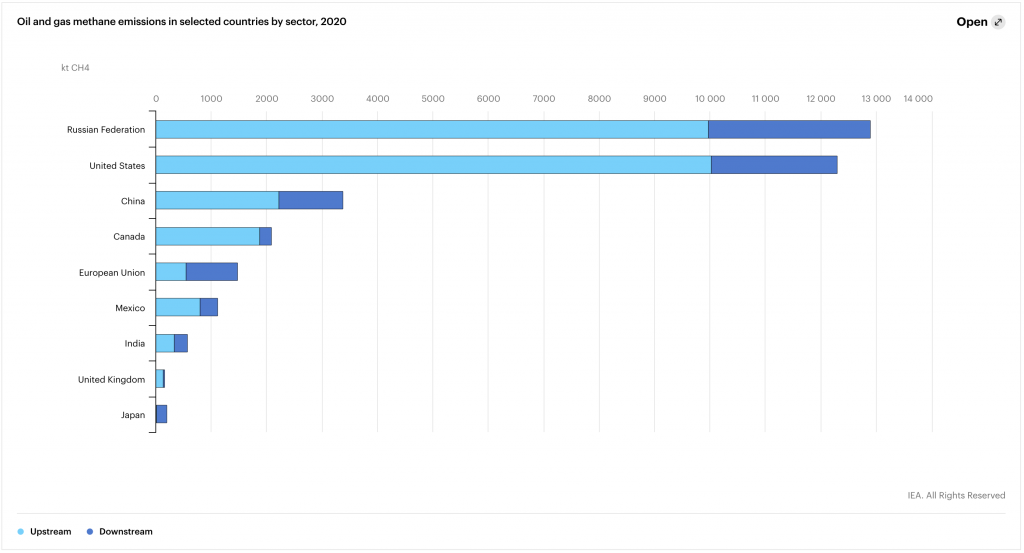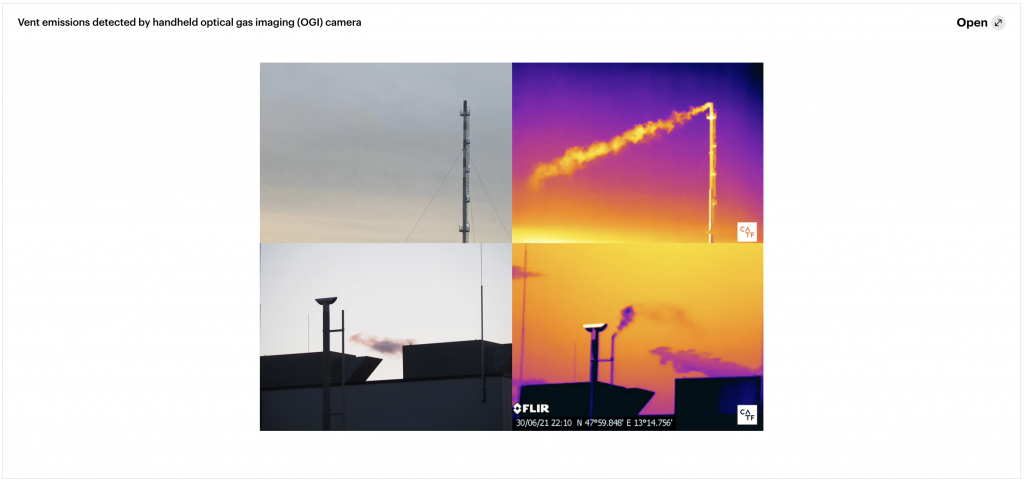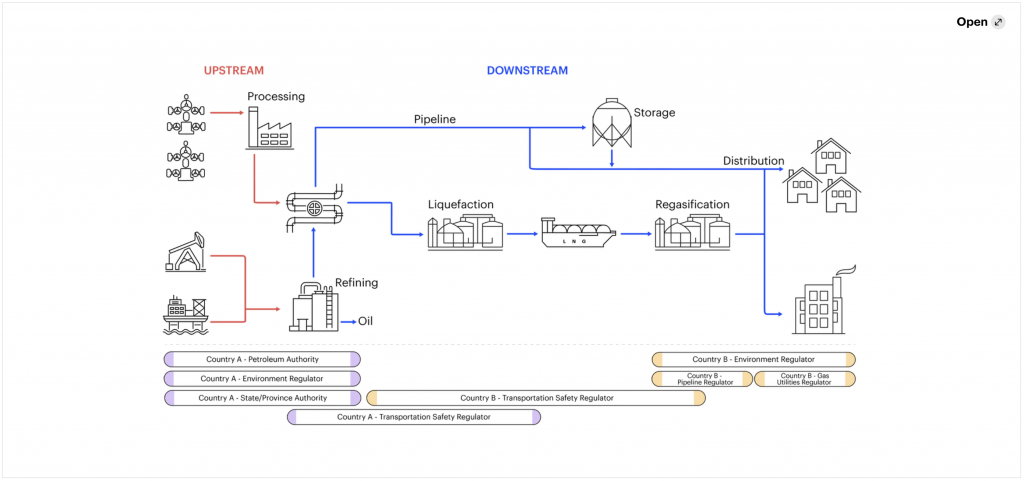The downstream segment of the oil and gas industry is a significant contributor to climate change due to its methane emissions. In 2020 alone, downstream methane emissions amounted to an estimated 16 million tonnes globally, surpassing all the methane emissions from oil and gas operations in North America combined. Refining, transmission, storage, and distribution operations are the primary sources of energy-sector methane emissions among major fuel importers, making it crucial to address these emissions to mitigate climate change.

Identifying the Challenge
While addressing downstream emissions can be challenging due to the complexity of monitoring and repairing equipment, about 75% of these emissions can be mitigated using existing technologies. However, institutional barriers, such as differing regulatory oversight between upstream and downstream operations, and the lack of ownership of transported gas, can impede abatement efforts.

Solutions and Opportunities
Despite these challenges, there are several pathways to reduce downstream methane emissions effectively:
- Regulatory Approaches: Some jurisdictions have implemented regulations targeting downstream methane emissions, including requirements for leak detection and repair programs or infrastructure upgrades. Performance-based regulations and economic instruments can also incentivize companies to reduce emissions.
- Existing Safety and Market Regulations: Safety standards often indirectly affect methane emissions by requiring measures to minimize leaks and malfunctions. Financial incentives within energy market policies can further motivate companies to address emissions.
- Incorporating Climate Concerns: Safety regulations and financial incentives can be adapted to explicitly address climate concerns alongside safety factors, providing a dual benefit of ensuring public safety and mitigating climate change.
Moving Forward
To meet climate objectives, more action is needed to regulate downstream methane emissions. With known technologies, almost 12 million tonnes of emissions reductions are possible in the downstream segment alone. Different policy approaches, including broadening existing regulations and developing new strategies tailored to downstream operations, can effectively drive emission reductions.

In conclusion, while downstream methane emissions present challenges, they also offer a cost-effective opportunity for countries and industries to minimize overall emissions. By prioritizing regulatory efforts in the downstream segment, we can make significant strides towards mitigating climate change.
References